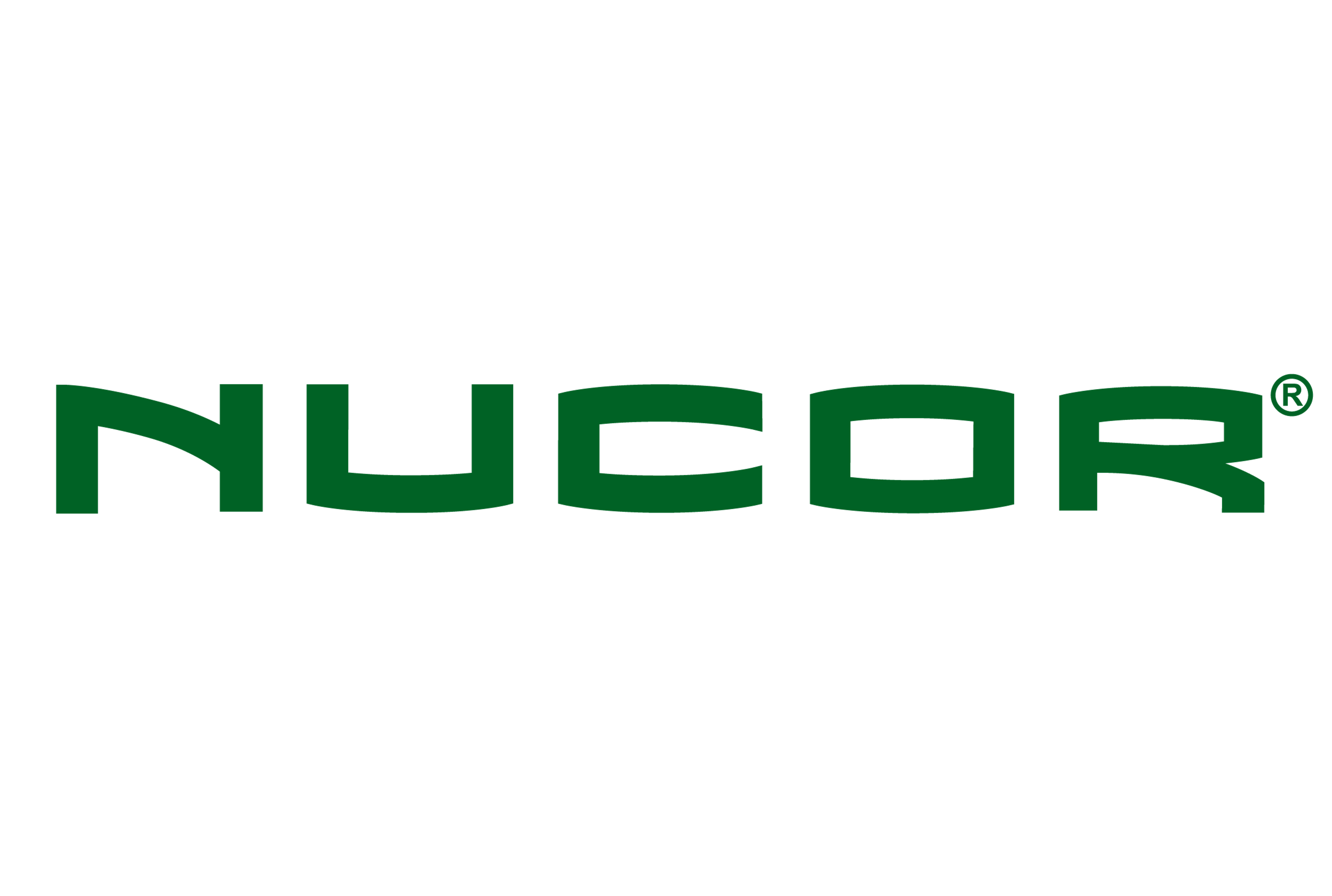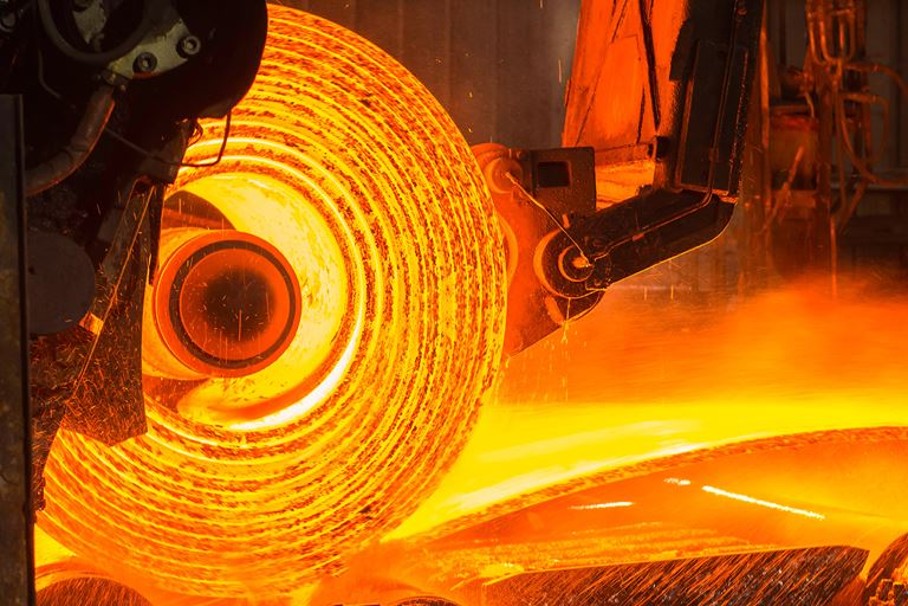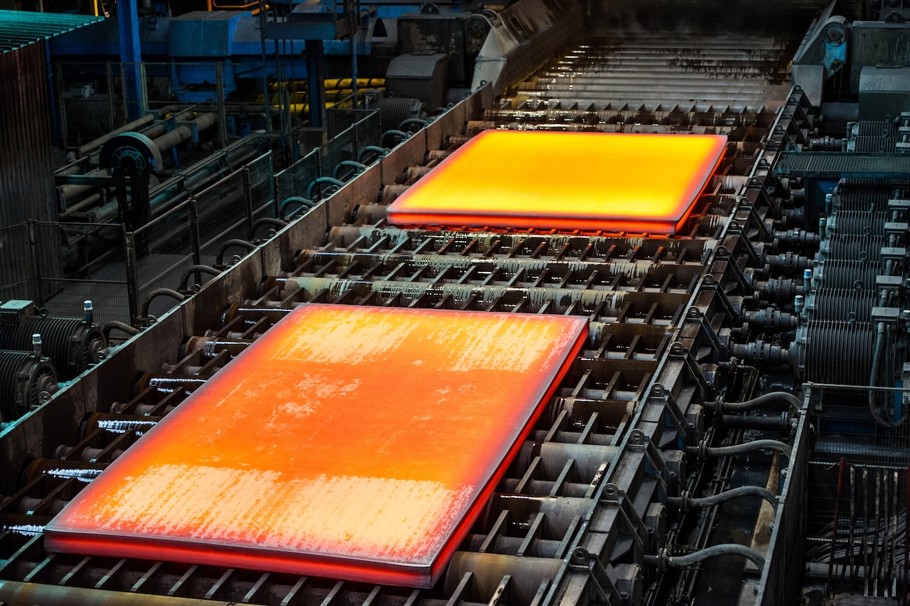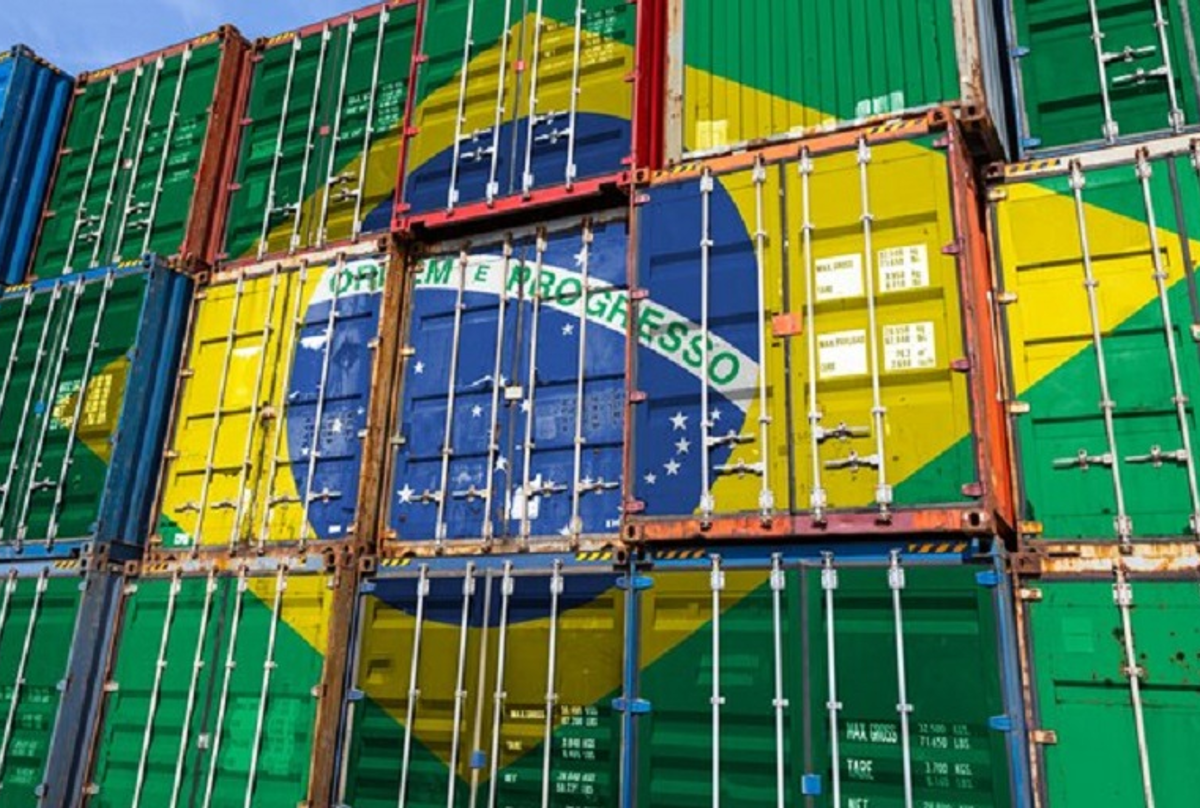Prices
January 3, 2024
Cliffs increases sheet prices again, seeks $1,150/ton HRC
Written by David Schollaert
Cleveland-Cliffs is now targeting base prices of $1,150 per ton for hot-rolled coil (HRC), according to a press release on Wednesday morning, Jan. 3.
Cliffs said the move was effective immediately on all new orders and that it had also increased tags for cold-rolled and coated products.
The latest move by the Cleveland-based steelmaker represents an increase of $50 per ton from its previous notice on Dec. 6, according to SMU’s steel mill price increase calendar.
SMU’s HRC price stands at $1,045 per ton ($52.25 per cwt) on average, according to our check of the market on Jan. 2. Tags are up $5 per ton from last week and up $400 per ton from a 2023 low of $645 per ton in late September, according to our pricing tool.
The move was in line with what some in the market had told SMU, with another round of mill price hikes expected. The expectation from some is that while a price increase may not succeed, it would at least stabilize prices in the interim.
Time will tell what happens next.







